
New Zealand Fantail
Rhipidura fuliginosa
Also known as: Piwakawaka


Rhipidura fuliginosa
Also known as: Piwakawaka

The New Zealand fantail, or Pīwakawaka, is a small, lively native bird beloved across the country. About the size of a sparrow, this charming bird is known for its energetic movements and distinctive fanned tail. With its friendly nature and acrobatic flying, the fantail is a delightful sight in gardens and forests alike.
1. Long, fan-shaped tail often spread wide during flight and perching
2. Constantly moving and twirling, rarely sitting still for long
3. Distinctive white eyebrow contrasting with darker head feathers
Fantails are remarkable parents, capable of raising up to five broods in a season, laying around 3-4 eggs.Breeding occurs between October and January, with both parents sharing nest-building and chick-rearing duties. Their intricately woven cup nests are built with mosses, cobwebs, and other fine materials, often featuring a distinctive 'tail' below.
Look for fantails in a variety of habitats, from native forests to urban gardens. They're active throughout the day but especially visible during early morning and late afternoon. Search for them at different heights, from ground level to treetops, as they chase insects. Listen for their cheerful, chattering calls. Tip: Watch for movement in the understorey of forests or near flowering plants in gardens where insects gather.
The Pīwakawaka has been part of New Zealand's ecosystem for centuries. In Māori mythology, it's seen as a messenger between the living and the spirit world. Its playful nature and frequent interactions with humans have made it a favourite in New Zealand culture, often featuring in art and stories.
16 cm
8 g
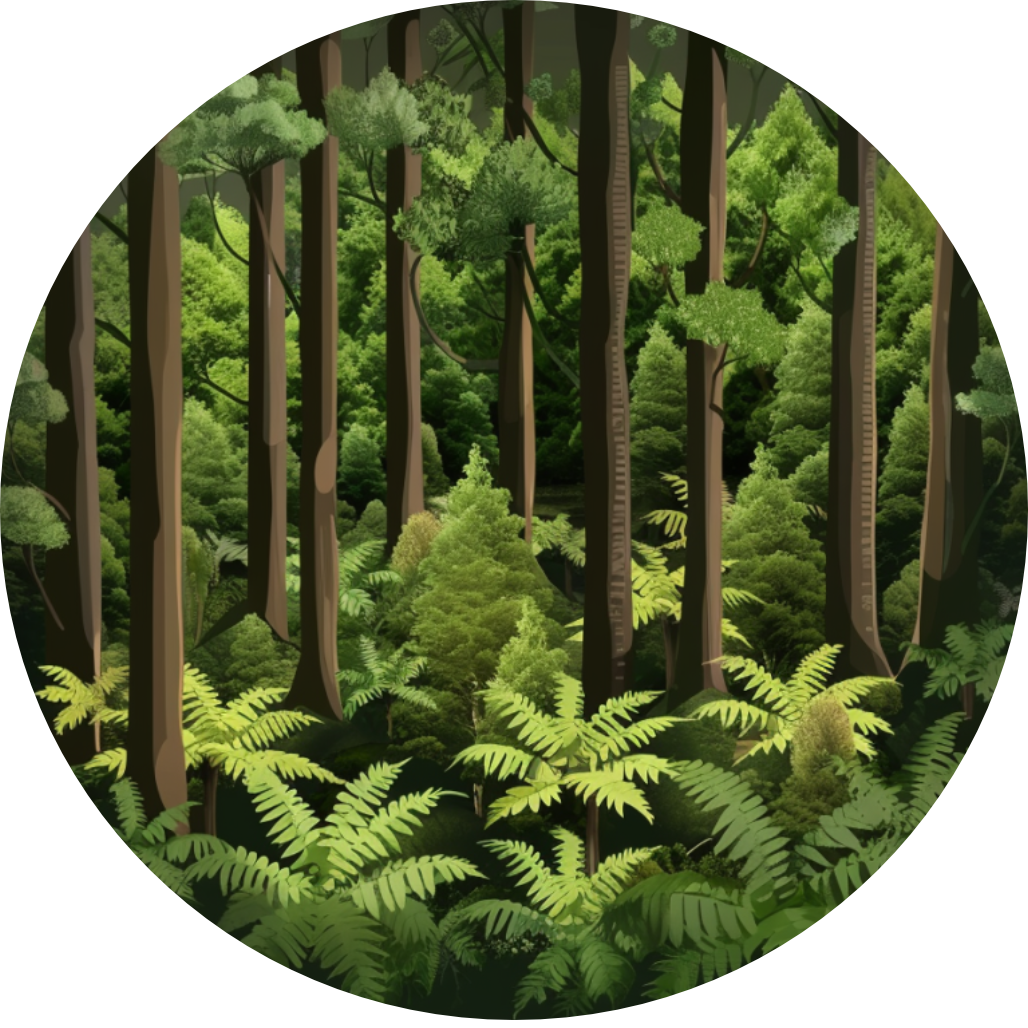
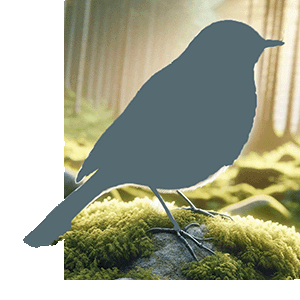
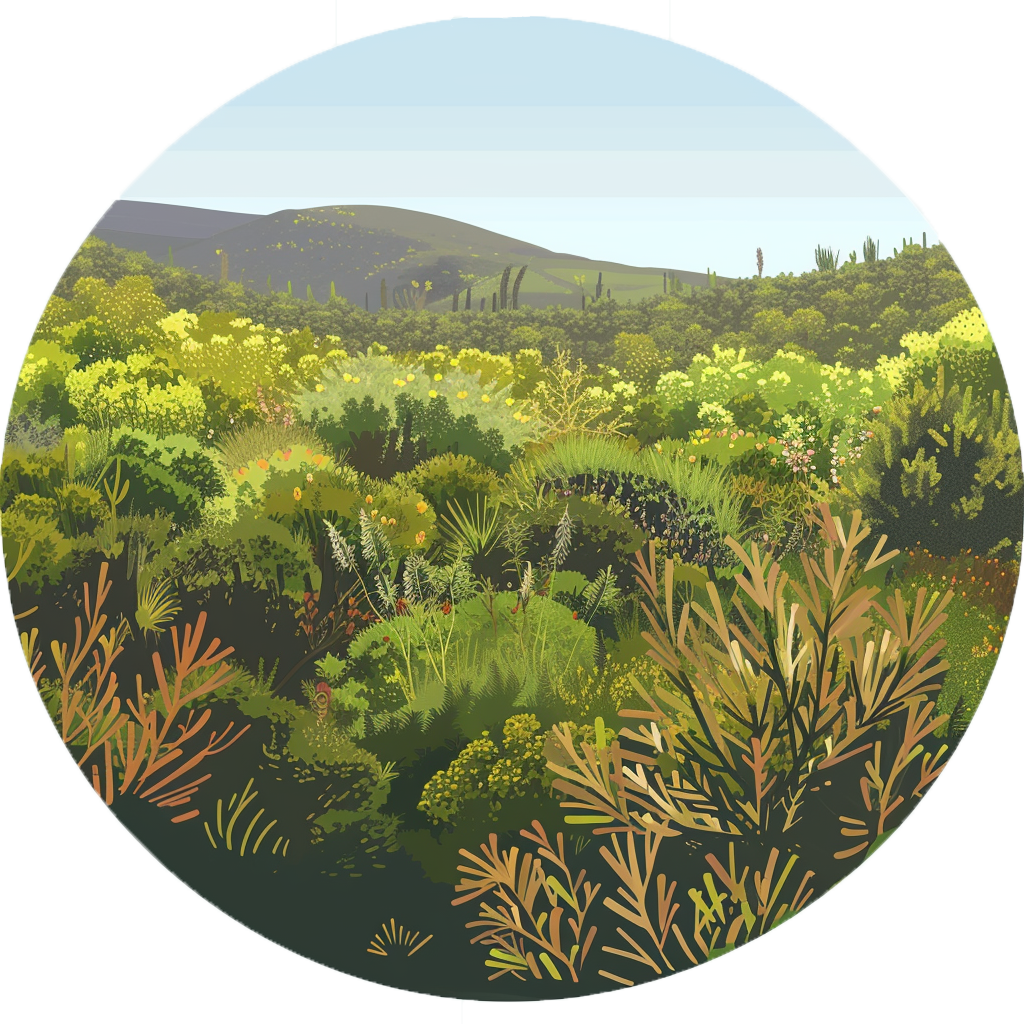

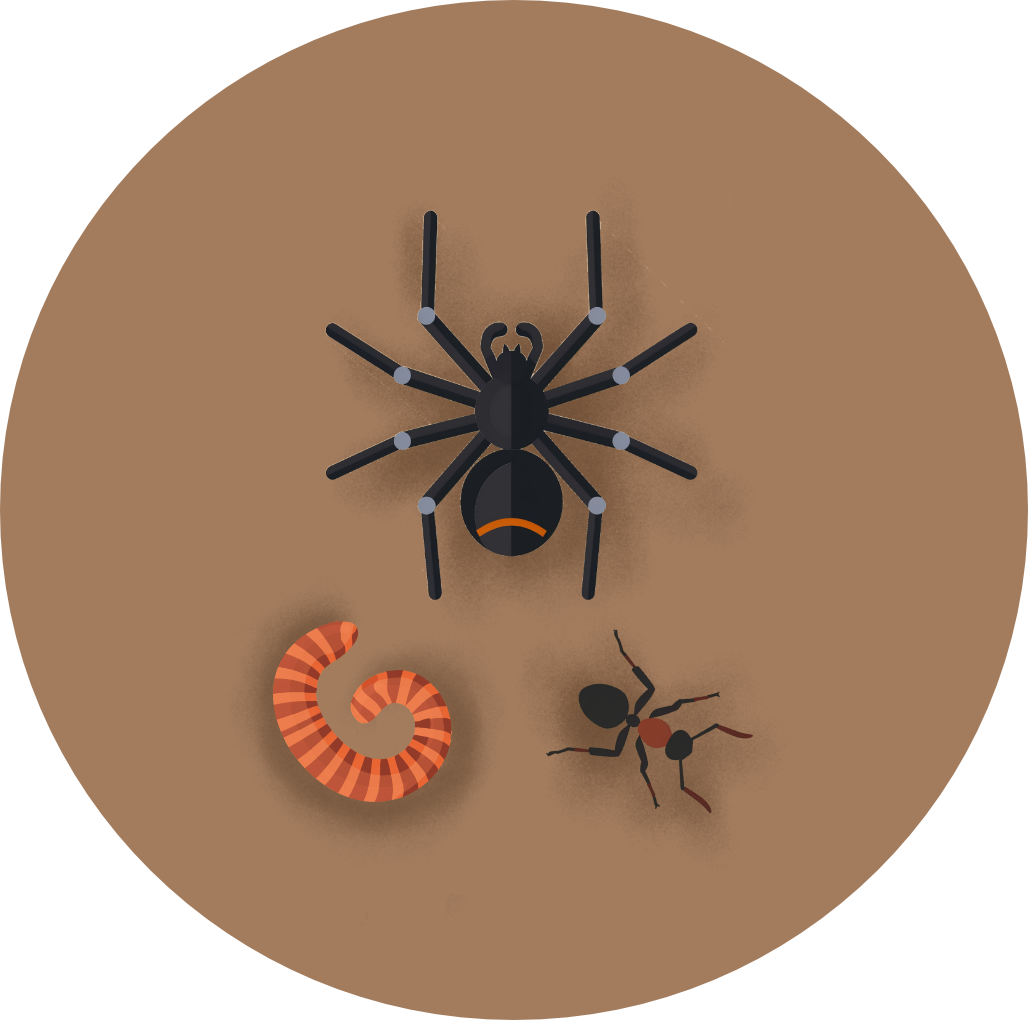
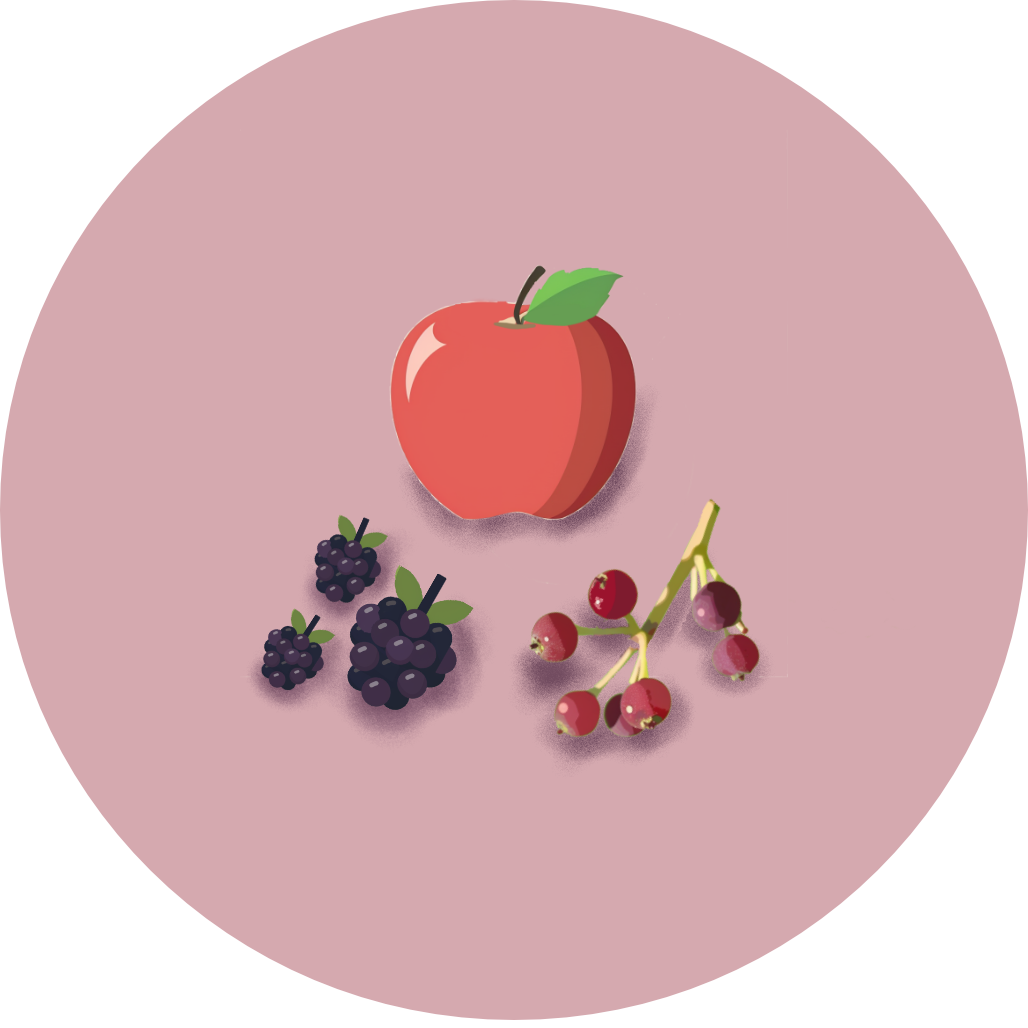
Coming Soon!
Top birding locations will be available in a future update.